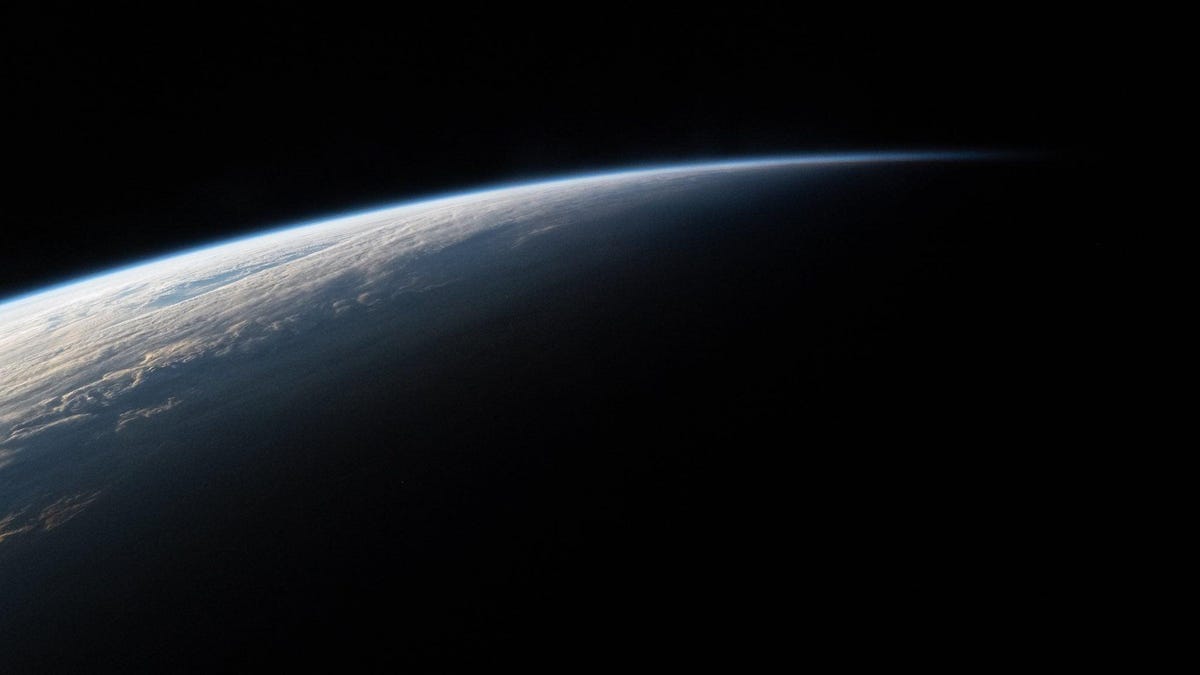Rediscovering Lost Satellites: Tracking Lost Objects in Space
An experimental satellite that was launched in the year 1974 mysteriously disappeared from ground-based sensors in the 1990s. However, in a surprising turn of events, the satellite has been rediscovered this week. The sudden reemergence of such defunct satellites or debris in space poses potential hazards within the increasingly cluttered Earth orbit. This incident sparks questions regarding the manner in which objects can vanish in the vast expanse of space.
The Infra-Red Calibration Balloon Satellite
The discovered satellite, known as the Infra-Red Calibration Balloon (S73-7), was a component of the United States Air Force’s Space Test Program. Launched on April 10, 1974, the 26-inch-wide satellite was ejected by a KH-9 Hexagon reconnaissance satellite into a 500-mile circular orbit. The primary objective of the tiny satellite was to inflate in space and function as a calibration target for remote sensing equipment. Regrettably, the deployment process failed, thereby relegating the satellite to the realm of space junk.
Upon examination of the satellite’s archival data, Jonathan McDowell, an astrophysicist affiliated with the Harvard-Smithsonian Center for Astrophysics, discovered that the satellite had previously vanished from tracking radars in the 1970s and again in the 1990s. This recent rediscovery was made possible by tracking data sourced from the Space Force’s 18th Space Defense Squadron. McDowell theorizes that the satellite’s low radar cross-section or the possibility of being confused with a dispenser or an improperly deployed balloon fragment may have hindered its initial detection.
Challenges in Satellite Tracking
Space debris monitoring involves ground-based radar and optical sensors that vigilantly observe over 20,000 objects orbiting Earth. The absence of transmittable identities for the majority of these objects necessitates reliance on orbital tracking and matching techniques analogous to air traffic control. Tracking satellites within geostationary orbits poses particular challenges due to radar blind spots along the equator.
Unforeseen maneuvers by satellites complicate tracking endeavors, requiring meticulous orbital recalculations and trajectory analysis. Objects that disappear in space often consist of defunct satellites or fractured debris remnants, with the Department of Defense’s Space Surveillance Network actively monitoring over 27,000 objects in orbit. As space grows increasingly crowded with satellite constellations and rocket launches, accurate tracking becomes imperative to prevent potential collisions or disruptions.
In conclusion, the recent rediscovery of the lost Infra-Red Calibration Balloon (S73-7) satellite underscores the significance of effective space surveillance mechanisms in safeguarding Earth’s orbital environment from potential risks and ensuring the sustainability of space exploration endeavors.
Image/Photo credit: source url





